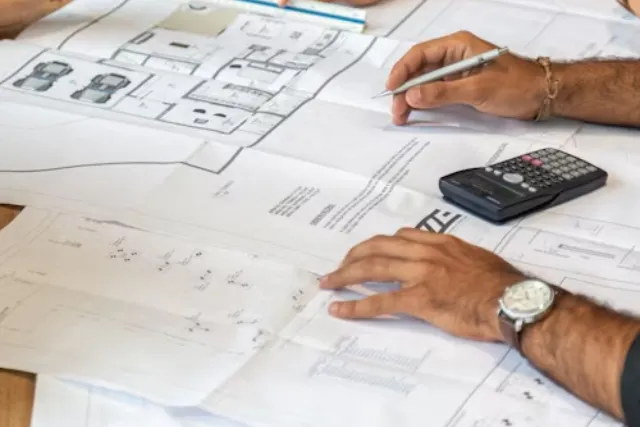
ORLANDO, Fla. — A recent court decision out of Orlando is sending waves through Florida’s construction and design sectors by clarifying how damages for defective design work should be classified under industry-standard contracts.

On July 11, 2025, the U.S. District Court for the Middle District of Florida issued an order in Orlando Health, Inc. v. HKS Architects, Inc. confirming that in Florida, remediation costs for design errors are considered direct damages, not consequential damages — even when owners hire third-party contractors to fix the problem.
This ruling came despite the fact that the parties had used the AIA B101 (2017) — one of the most widely used standard form agreements for architectural services — which specifically includes a waiver of consequential damages.
In 2019, Orlando Health hired HKS Architects Inc. (HKS) to design a six-story healthcare facility. HKS brought on BBM Structural Engineers Inc. (BBM) for structural engineering services. But during construction, the owner discovered major design flaws: a cantilevered overhang was poorly planned, structural beams were under-designed, concrete beams were flawed, and reinforcing steel was missing altogether.
These errors forced the owner to hire a third-party contractor to demolish and rebuild part of the structure — at a cost of millions of dollars. The owner then sued HKS to recover these remediation costs. HKS and BBM pushed back, arguing that the damages were consequential and thus barred by the contract’s waiver clause.

The Court disagreed. It held that the AIA contract did not define “consequential damages” and that the repairs directly addressed the design firm’s breach of contract.
“The owner’s direct costs to remediate the design damages were recoverable, regardless of the fact that third-parties performed the remediation work,” the Court ruled, noting that because the repairs stemmed directly from the design professional’s failure to deliver proper plans, the costs are direct, not indirect or consequential.
In reaching its decision, the Court distinguished this case from the earlier Keystone Airpark Authority v. Pipeline Contractors, Inc. precedent, where the damage resulted primarily from the contractor’s separate errors, not the engineer’s design.
Impacts for Florida design professionals:
This decision sends an important signal: design professionals cannot always rely on the AIA’s waiver of consequential damages to block claims for costly remediation. Moving forward, architects and engineers working in Florida may need to rethink how they negotiate risk and write contracts.
Possible responses could include:
The ruling also highlights a gray area that may need future litigation: what happens if both the design professional’s errors and a third-party contractor’s faulty remediation work cause further damages?
One thing is certain — any Florida project that involves architects or engineers should take a closer look at how their agreements define direct and consequential damages.
Originally reported by JDSUPRA.